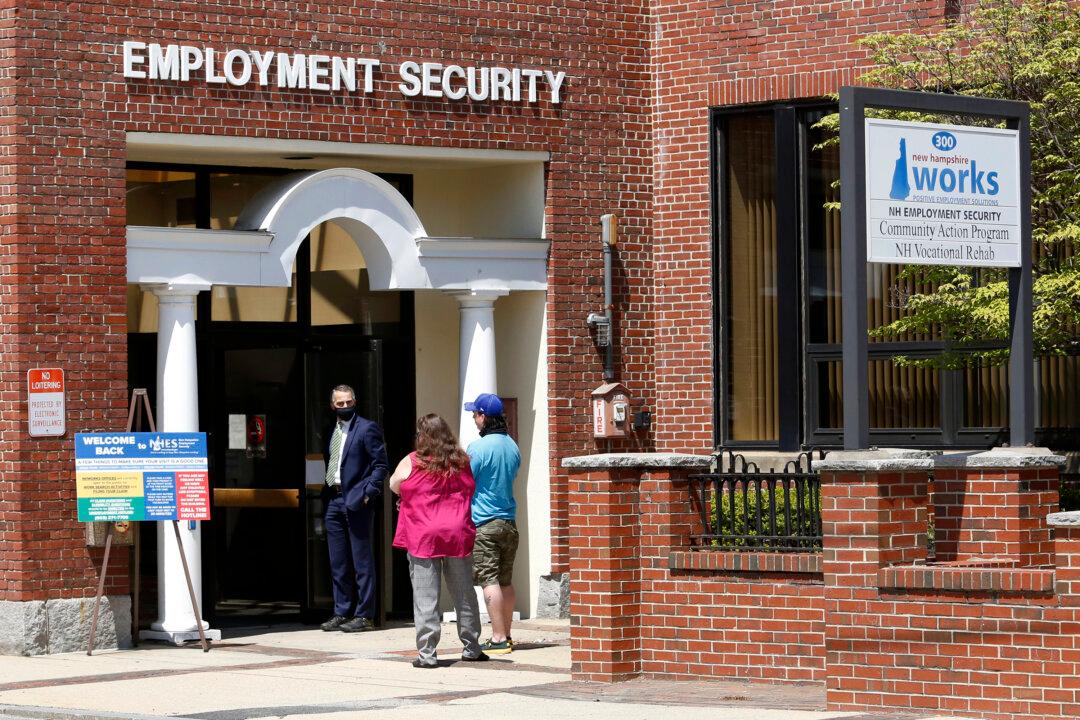Initial jobless claims in the United States rose for a second week to the highest level since Nov. 26, 2021, indicating a contraction in the labor market, according to the U.S. Labor Department on Aug. 11.
Applications for unemployment claims climbed by 14,000 to 262,000 from 248,000 in the week ended Aug. 6, after being revised lower the prior week.





